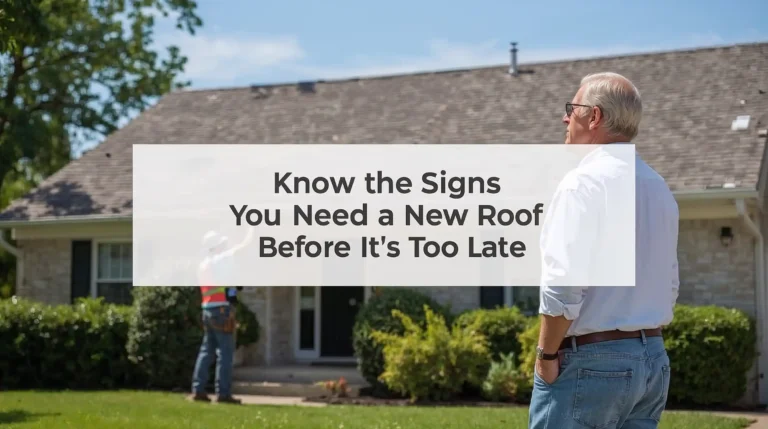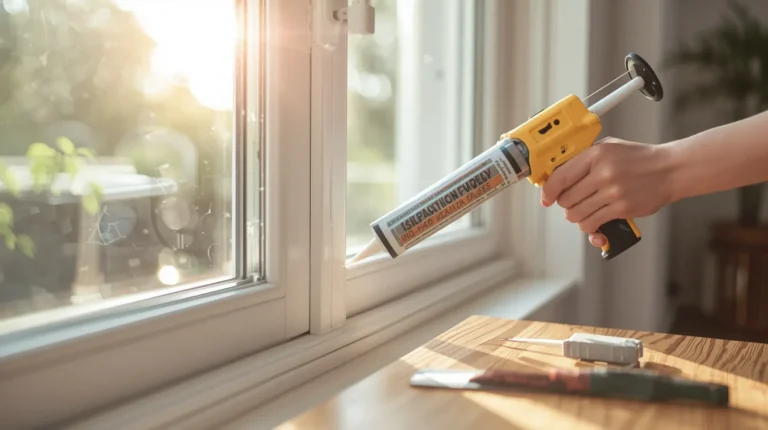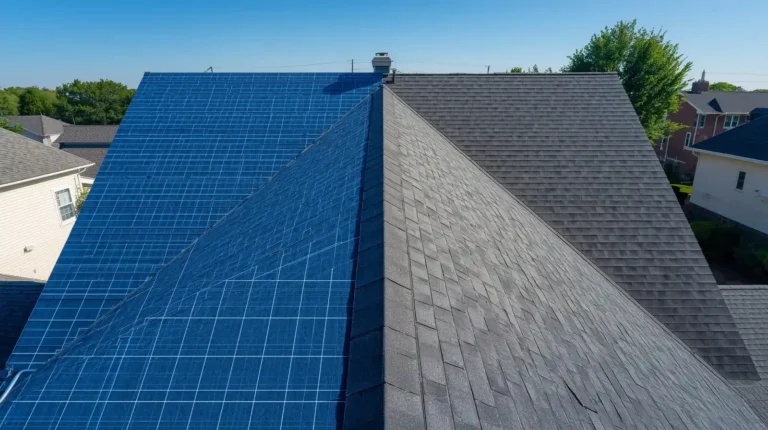Many homeowners wonder how to calculate roof area with pitch, especially before starting a roofing project. The slope of a roof makes the surface area larger than the flat footprint of the house. By combining simple math, pitch multipliers, and measurement tools, you can figure out accurate roof square footage. This guide explains everything step by step. You’ll learn formulas, examples, and tools you can use. At the end, you will clearly understand how roof area is calculated and why it matters for cost, materials, and planning.
Introduction to Roof Area and Pitch
Your roof protects your home every single day. It keeps out rain, snow, heat, and wind. If you ever plan to replace shingles, repair sections, or install a new roof, the first thing you need is the size of the roof. That size is measured in square footage.
Now, here’s the tricky part: most homes don’t have flat roofs. They have a slope, also called a pitch. That slope makes the surface area larger than the flat dimensions of the house. If you measure only the base of the house, you won’t get the real number. That’s why learning how to calculate roof area correctly is so important.
Why Roof Pitch Affects Roof Calculations
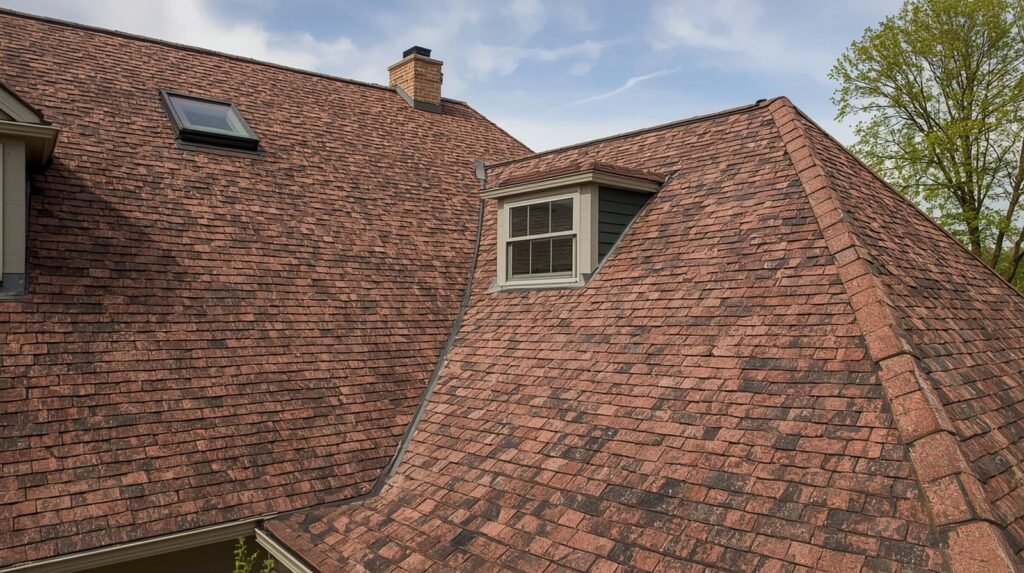
Imagine you have two homes. Both are 40 feet long and 30 feet wide. The base footprint of each home is 1,200 square feet. Now, one home has a flat roof, and the other has a steep roof. Which roof is bigger?
The steep roof is bigger because the angle creates more surface. The difference could add hundreds of square feet. That extra footage means more shingles, nails, underlayment, and labor.
This is why roof pitch is a big factor. Roofers use multipliers and calculators to make sure the slope is accounted for. Without these, the numbers would be wrong, and costs would either be underestimated or inflated.
How to Calculate Roof Area with Pitch: A Step-by-Step Guide
Here’s the clear answer: to calculate roof area with pitch, measure the base area of your home (length × width), then multiply it by the correct roof pitch multiplier.
Steps in detail:
- Measure the ground dimensions of your house.
- Multiply length × width to find base square footage.
- Find the roof pitch (for example, 6/12 means the roof rises 6 inches for every 12 inches of run).
- Look up the pitch multiplier from a chart.
- Multiply base area × pitch multiplier = roof surface area.
Example:
- Home footprint: 30 × 40 = 1,200 sq ft.
- Roof pitch: 6/12 → multiplier = 1.12.
- 1,200 × 1.12 = 1,344 sq ft of roof area.
This simple math works for most gable-style roofs. Complex roofs may require breaking the surface into sections.
Understanding Roof Square Footage Basics
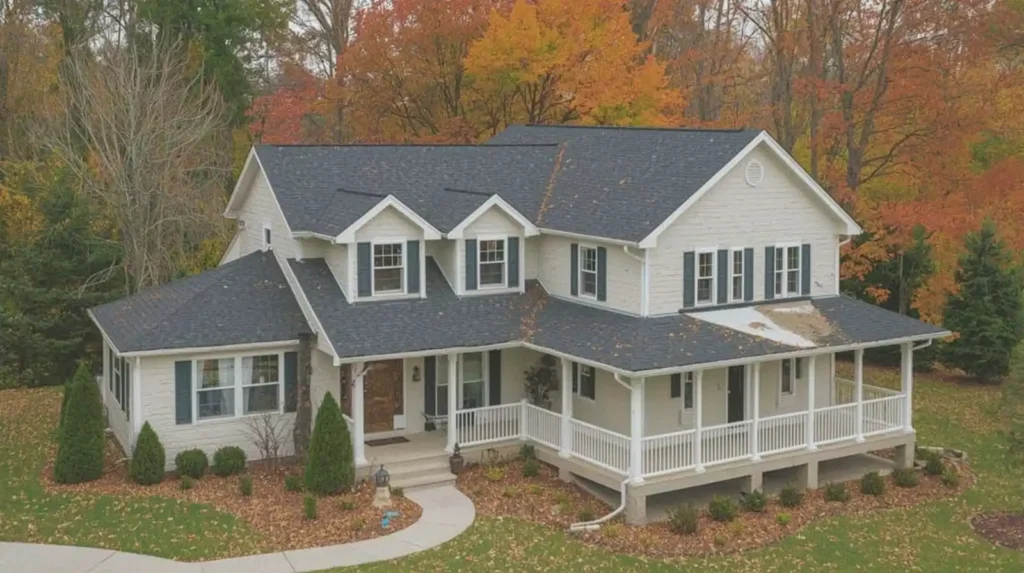
When contractors talk about roof square footage, they mean the total surface area of all roof sections combined. It’s not the same as house square footage.
Key points:
- House square footage = living space inside.
- Roof square footage = actual area of the roof surface.
That’s why a one-story ranch house with a steep roof may have a roof that’s much bigger than its floor area. Roofing calculators are built to show this difference.
Many people also hear the word “square” used in roofing. One roofing square equals 100 square feet. If your roof is 2,000 square feet, that equals 20 squares. Roofers order materials by squares, not by square feet.
Formulas for Calculating Roof Area
Roofing math can sound complex, but the formulas are easy.
- Flat Roof Formula: Length × Width.
- Pitched Roof Formula: Base Area × Pitch Multiplier.
- Hip Roof Formula: Divide into rectangles/triangles, calculate each, then add.
- Complex Roof Formula: Use a mix of sections + pitch multipliers.
Example with Formula:
If your house base is 40 × 50 = 2,000 sq ft and the pitch is 8/12, the multiplier is 1.20.
2,000 × 1.20 = 2,400 sq ft of roof area.
This formula is the heart of roofing area calculation formulas used in the industry.
Measuring Roof Size Accurately
Measuring the roof correctly is the foundation of accurate numbers. Here’s how to do it safely:
- Walk around your house and measure the base footprint.
- Measure length and width of each section with a tape measure or laser tool.
- Don’t forget porches, garages, and overhangs.
- Multiply to get base square footage.
Many homeowners wonder: How do I measure my roof without climbing up? The good news is that you can measure from the ground or use online tools. Some apps and calculators let you type in your address to estimate roof size.
Calculating Square Footage of a Pitched Roof
This step answers the common question: how to calculate square footage of a pitched roof.
Step Example:
- Home footprint: 24 × 36 = 864 sq ft.
- Pitch: 7/12 → multiplier = 1.16.
- 864 × 1.16 = 1,003 sq ft roof area.
That difference of 139 sq ft could mean 1–2 extra bundles of shingles. Without adjusting for pitch, you would come up short on materials.
Tools and Calculators for Roof Area Estimation
Technology makes this job easier. Instead of doing every formula by hand, you can use:
- Roof pitch square footage calculator
- Square foot roof pitch calculator
- Roof surface area calculator
- Roof measurements calculator
- Roofing estimate calculator square footage
These tools take basic numbers like pitch and dimensions, then do the math for you. Many contractors also use drones and satellite images. Homeowners can use free online calculators for a quick estimate before calling a roofer.
Using Multipliers to Adjust for Roof Pitch
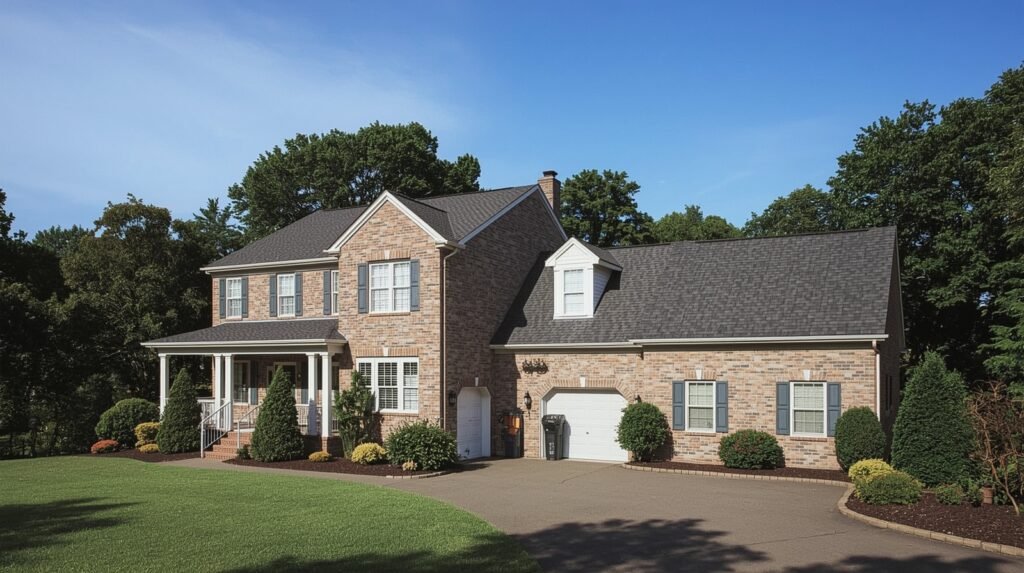
Pitch multipliers are the key to accurate roofing math. They work by converting a flat measurement into the true surface area of a sloped roof. For example, a roof with a 3/12 pitch has a multiplier of about 1.03, while a 4/12 pitch equals 1.06. A more common 6/12 pitch is 1.12, an 8/12 pitch is 1.20, and a steep 10/12 pitch is around 1.30. To see how this works in practice, imagine your home has a base of 1,500 square feet and a pitch of 10/12. Multiplying 1,500 by 1.30 gives you 1,950 square feet of actual roof area.
That’s an increase of 450 square feet compared to the footprint. This difference shows why pitch multipliers are so valuable. Without them, your numbers would be off, and the project would require more shingles, nails, and underlayment than you expected.
Example: Roof Area Calculation for a Home in Stafford, VA by Port Solutions DMV
A real example makes the process clearer. Consider a home in Stafford, VA that measures 40 feet by 50 feet across the base. That comes out to 2,000 square feet of ground area. The roof on this home has a pitch of 7/12. Using a roof pitch multiplier chart, the correct multiplier for 7/12 is 1.16. Multiplying 2,000 by 1.16 gives a total of 2,320 square feet of roof surface area. At Port Solutions DMV, this is exactly how we prepare before any roofing job begins.
By applying the right formula, we know the correct amount of shingles, underlayment, and accessories to order. Homeowners value this accuracy because it saves money and reduces waste. It also ensures that materials are ready on time, keeping the project on schedule.
Final Thoughts on Roof Area and Pitch Calculations
Understanding how to calculate roof area with pitch gives homeowners a real advantage. It allows them to plan with confidence, set budgets more accurately, and communicate clearly with contractors. The process may sound technical, but it comes down to three steps: measure the base, determine the pitch, and apply the multiplier. When checked against a calculator, these numbers provide a reliable picture of your roof’s true size.
Roofing is a major investment, and precision matters at every stage. Using correct calculations prevents costly mistakes, ensures materials are not wasted, and makes installation smoother. At Port Solutions DMV, we bring both professional experience and trustworthy tools to every project. That combination means homeowners can relax knowing that their roof measurements are correct and their project is being handled with care.
If you are thinking about a roof repair or a full replacement, it is best not to wait. Getting accurate measurements now helps you avoid surprises later and makes it easier to start your project on the right foot. Contact a trusted local team to guide you through the process and give you results you can rely on.


